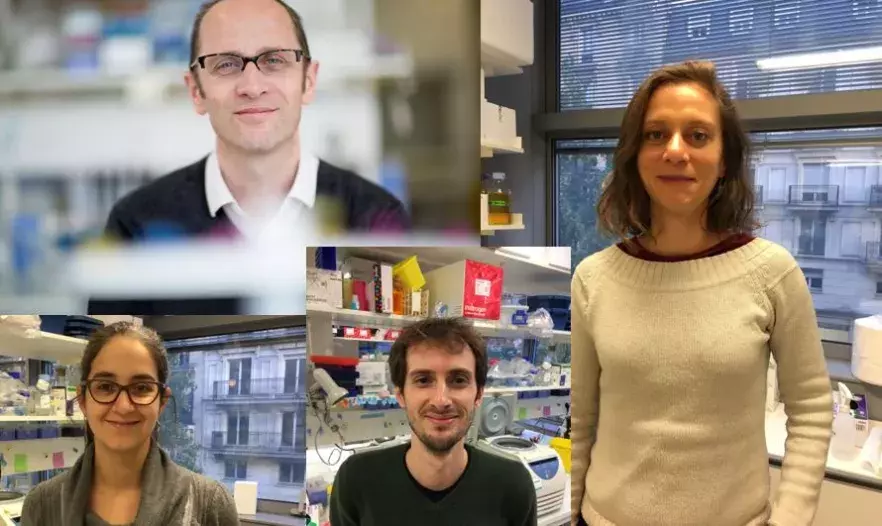Published on 25.11.2020
Type 1 interferons are the body's first line of defence against viral infection, orchestrating the antiviral response in infected cells, including the recruitment of adaptive immune cells. Interferons are activated by the presence of DNA or RNA of viral origin. A molecule called cGAS is responsible for identifying viral DNA and then triggering a cascade of reactions that result in the activation of type 1 interferons. importantly, given that our own cells are full of DNA and RNA, there is a risk of confusing self-derived DNA as ‘viral’. Intriguingly, cGAS has recently been found to be present in the cell nucleus, begging the question as to how cGAS is not triggered by nuclear DNA.
Type 1 interferonopathies, including Aicardi-Goutières syndrome (AGS), are hereditary diseases characterized by an overexpression of type 1 interferons. In the case of the AGS, first identified at Hôpital Necker-Enfants Malades AP-HP some thirty years ago, the overactivation of type 1 interferon leads to the attack of brain cells by the patient's immune system. At Institut Imagine, the Laboratory of Neurogenetics and Neuroinflammation led by Yanick Crow, has been working on AGS for more than 20 years, previously identifying seven disease-associated genotypes, with these discoveries highlighting novel therapeutic strategies.
Yanick Crow's team has now identified mutations in either LSM11 or RNU7-1 to represent new causes of AGS, leading to the activation of cGAS and the excessive production of type 1 interferons. These mutations affect the expression of proteins called histones. Histones ‘coat’ the DNA within the nucleus, and are involved in both the compaction of genomic DNA and its accessibility during gene expression and cell division. Professor Crow’s group have found that mutations in LSM11 and RNU7-1 alter the normal ‘coating’ of nuclear DNA by histones, and are associated with a redistribution of cGAS within the nucleus and its activation. Importantly, recently published work by other researchers has shown that histones are essential to prevent cGAS from recognizing nuclear DNA under normal circumstances. The new findings from the Crow group confirm the critical role of histones in preventing autoinflammation in the human context.

